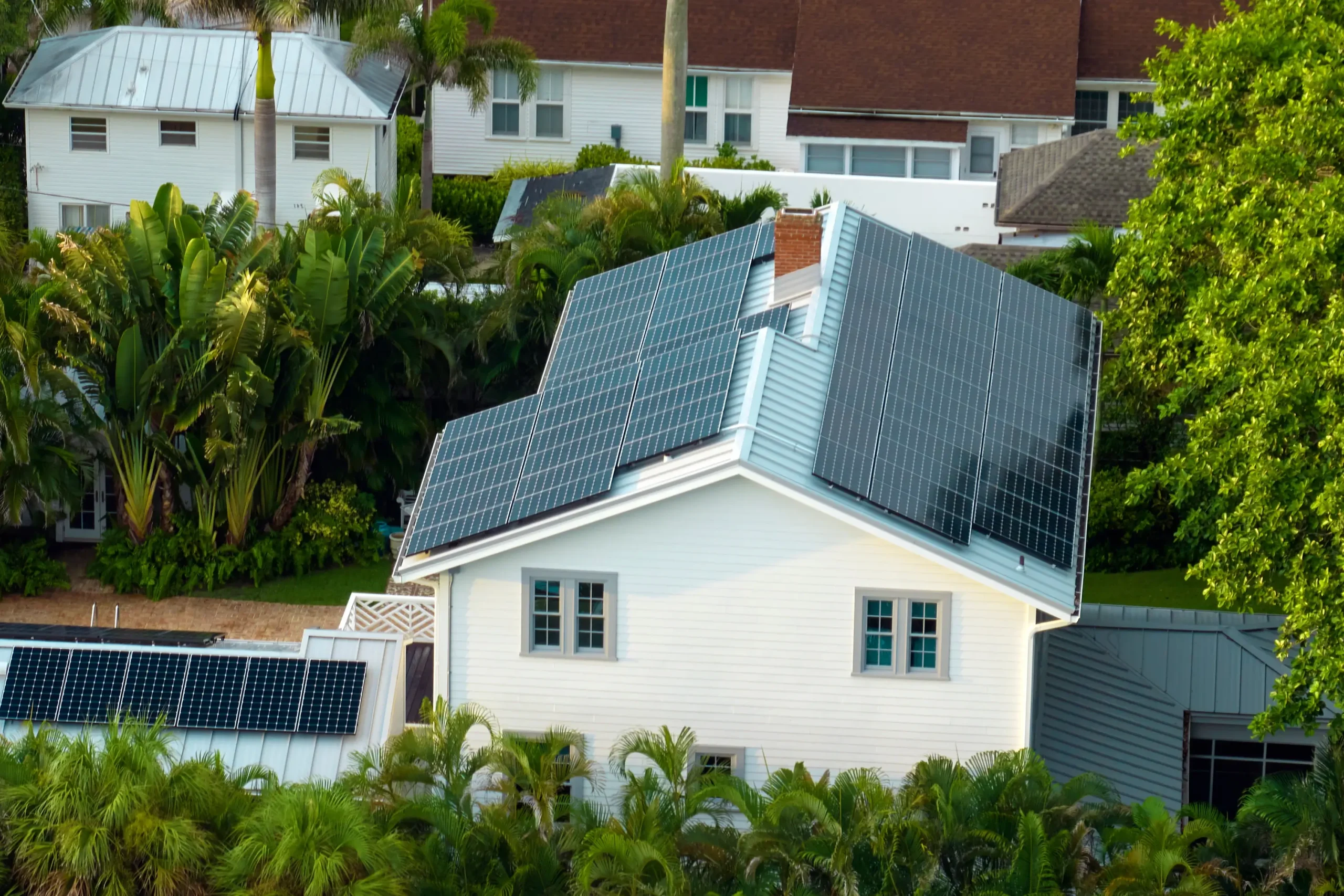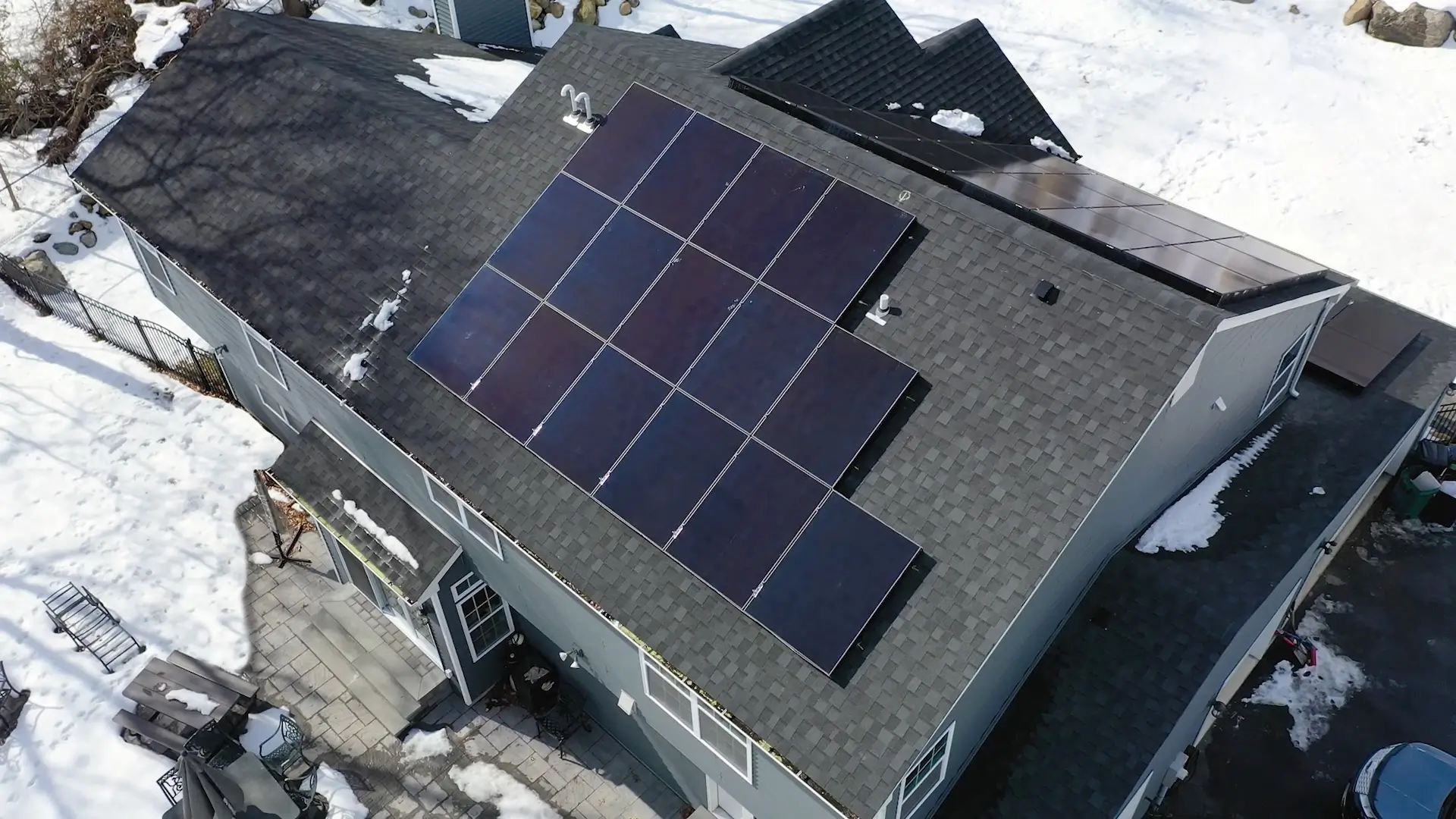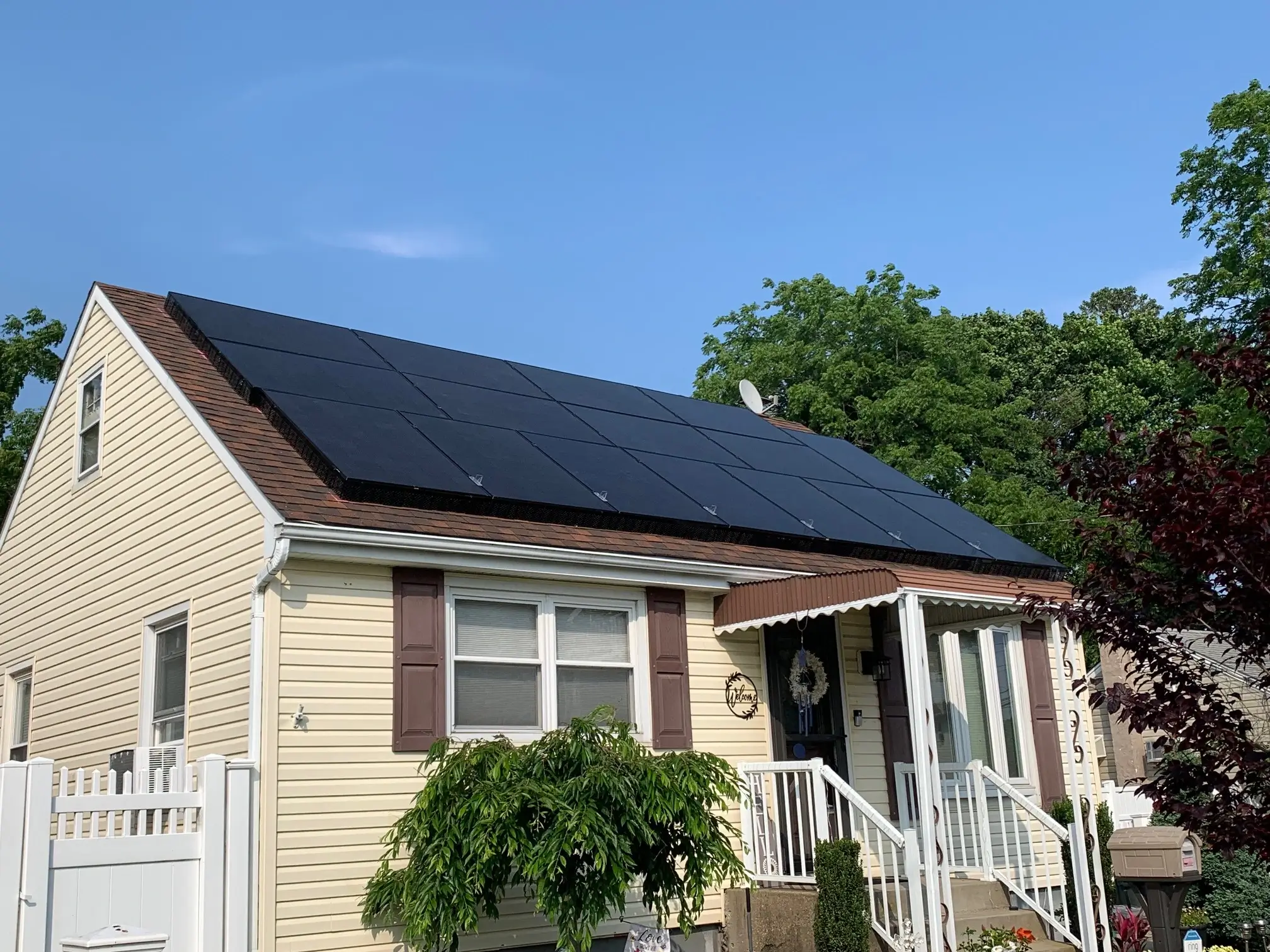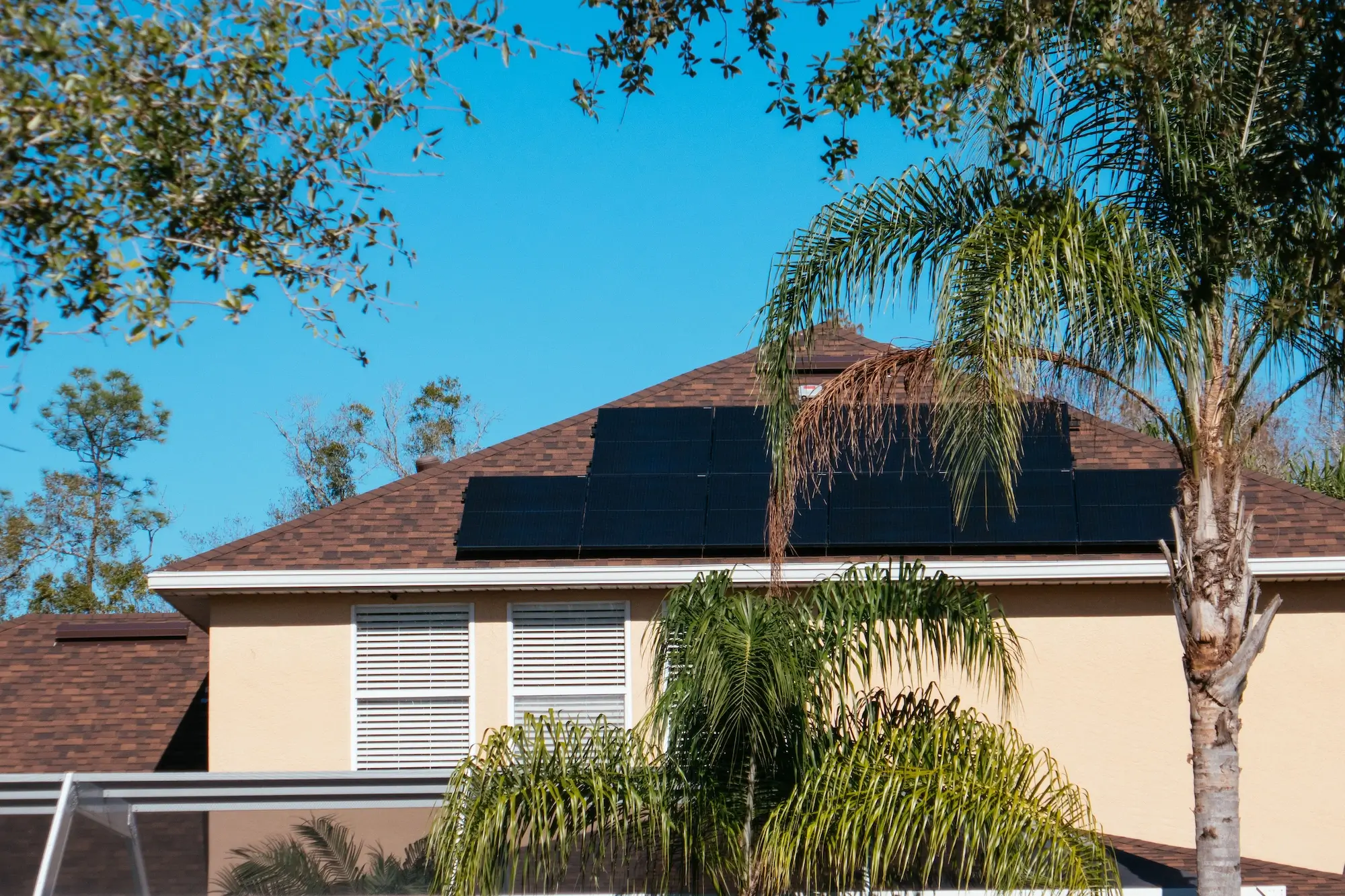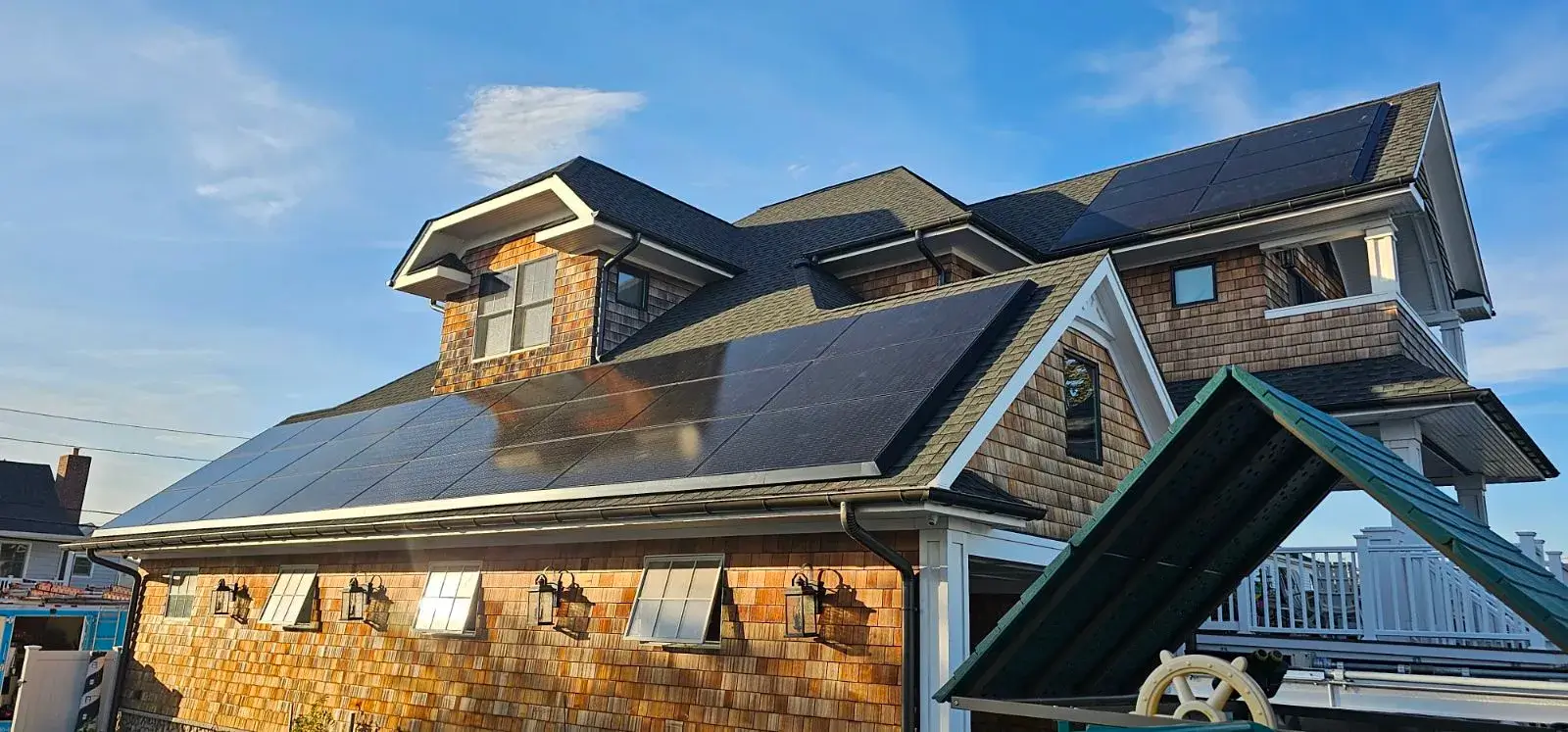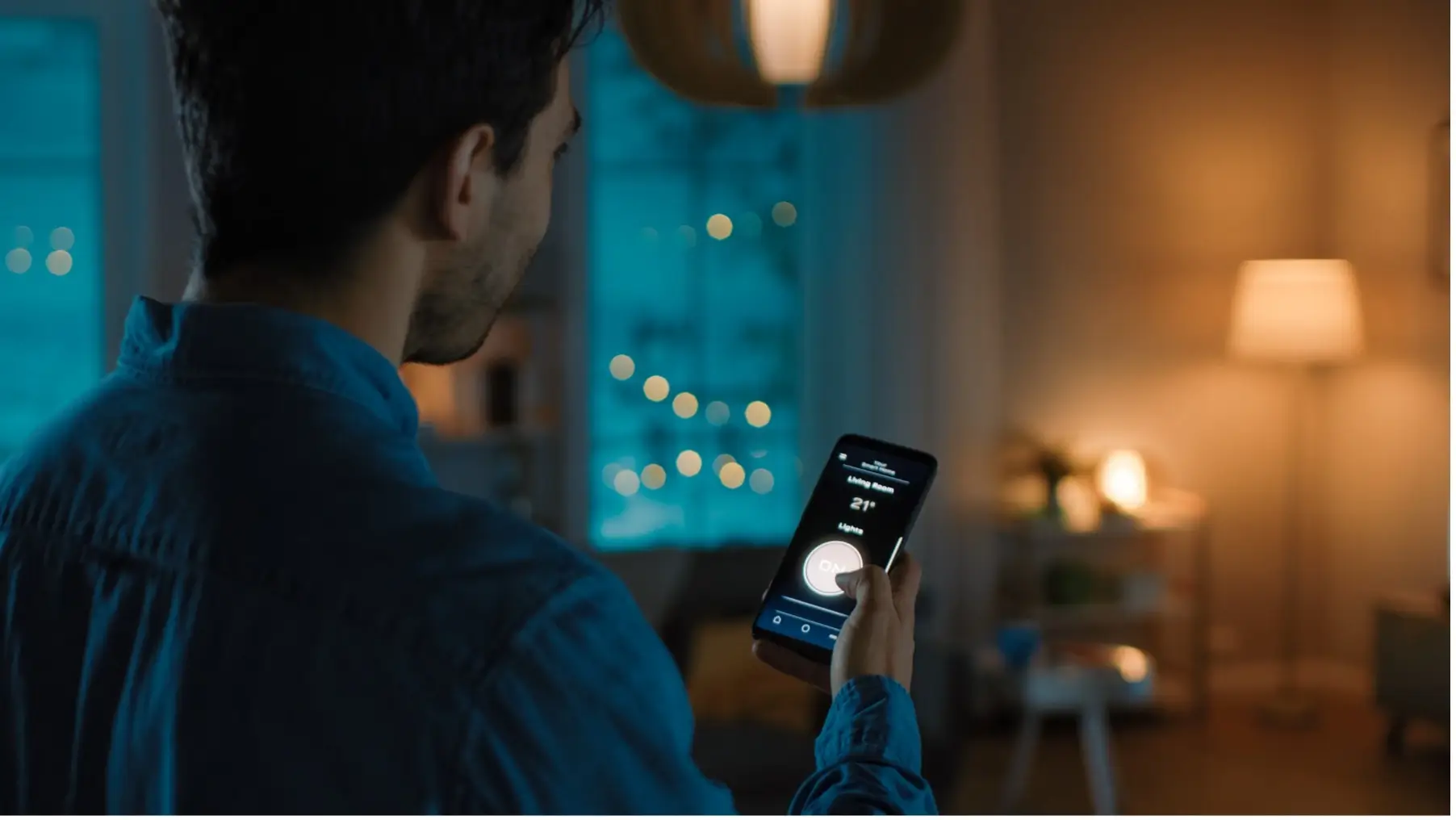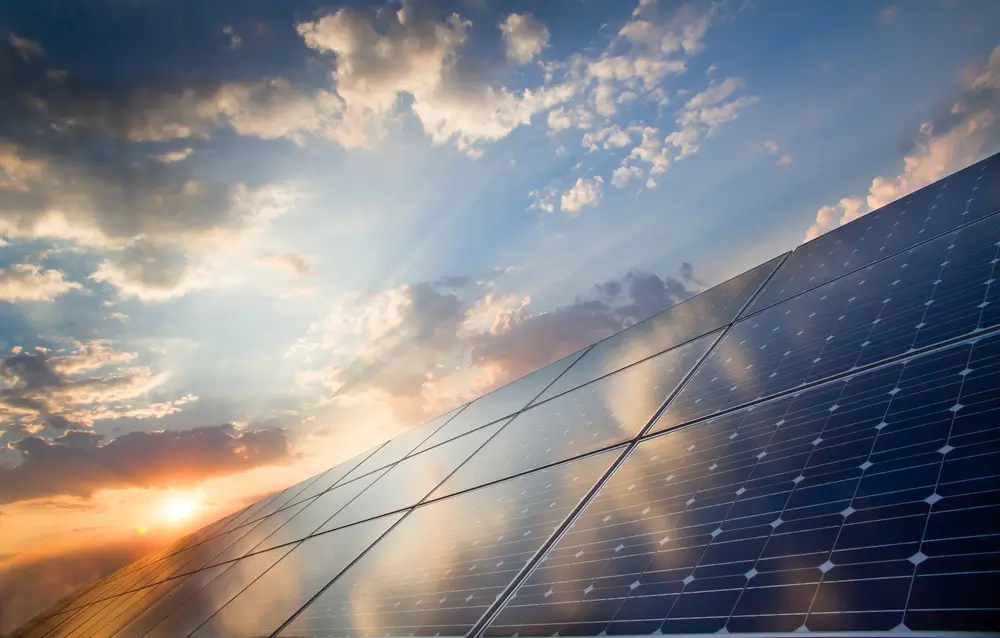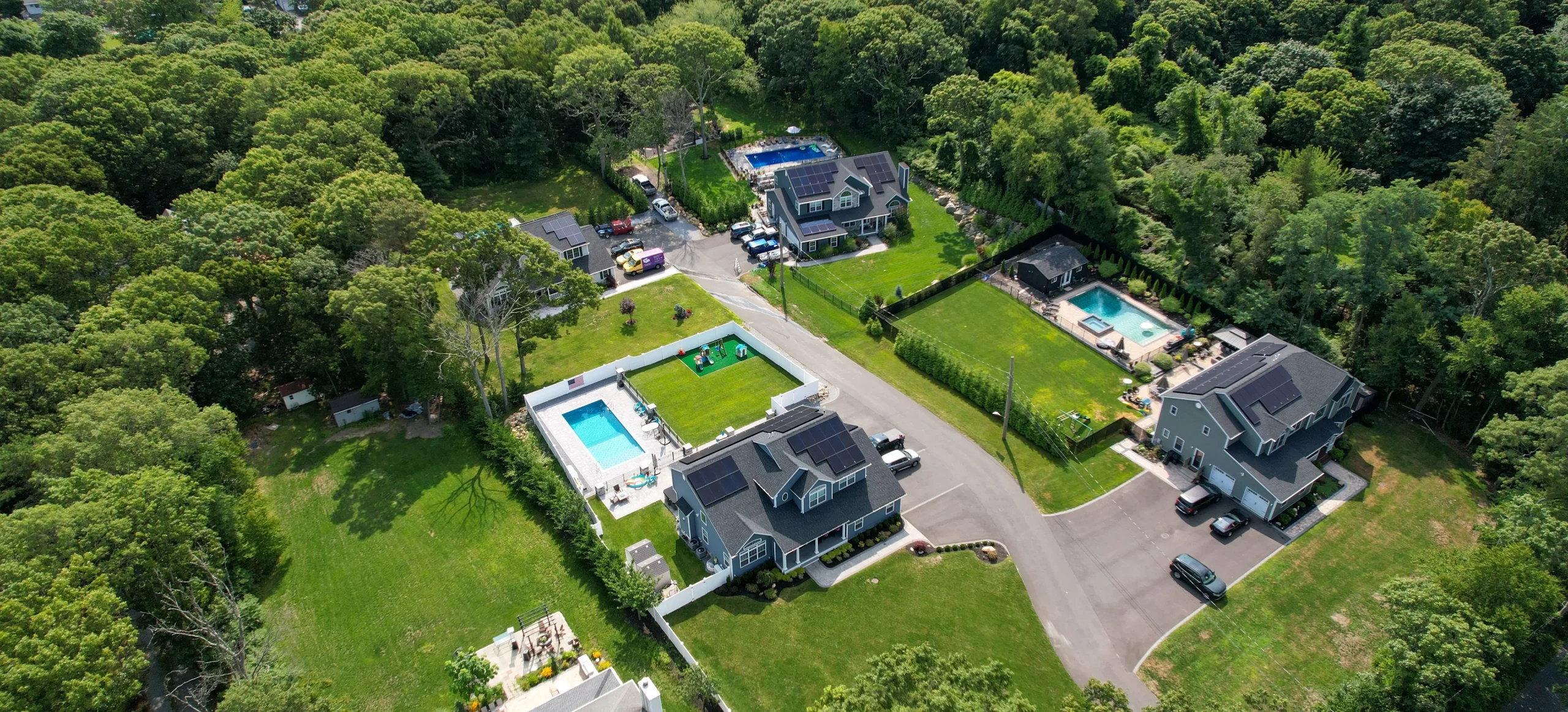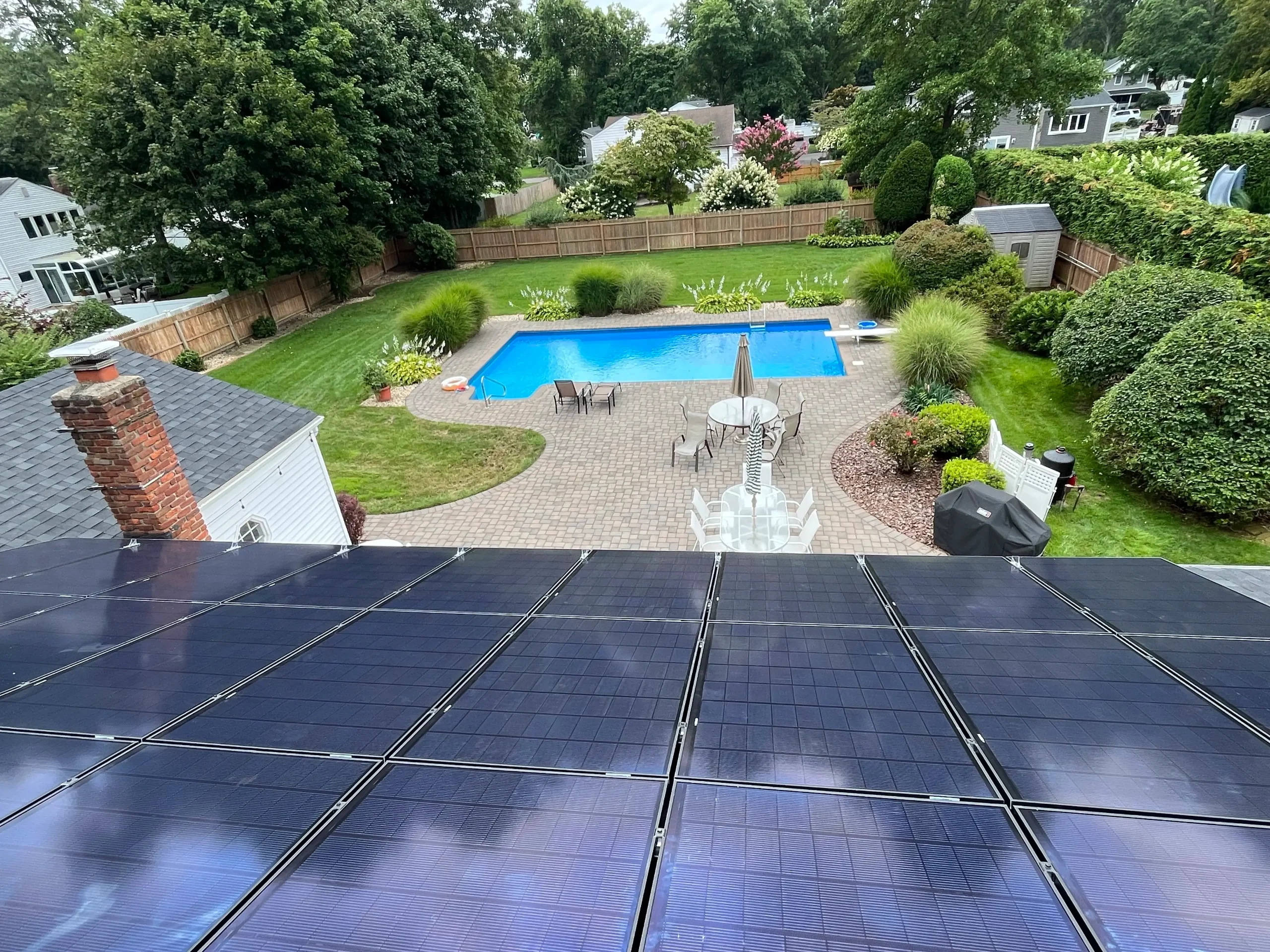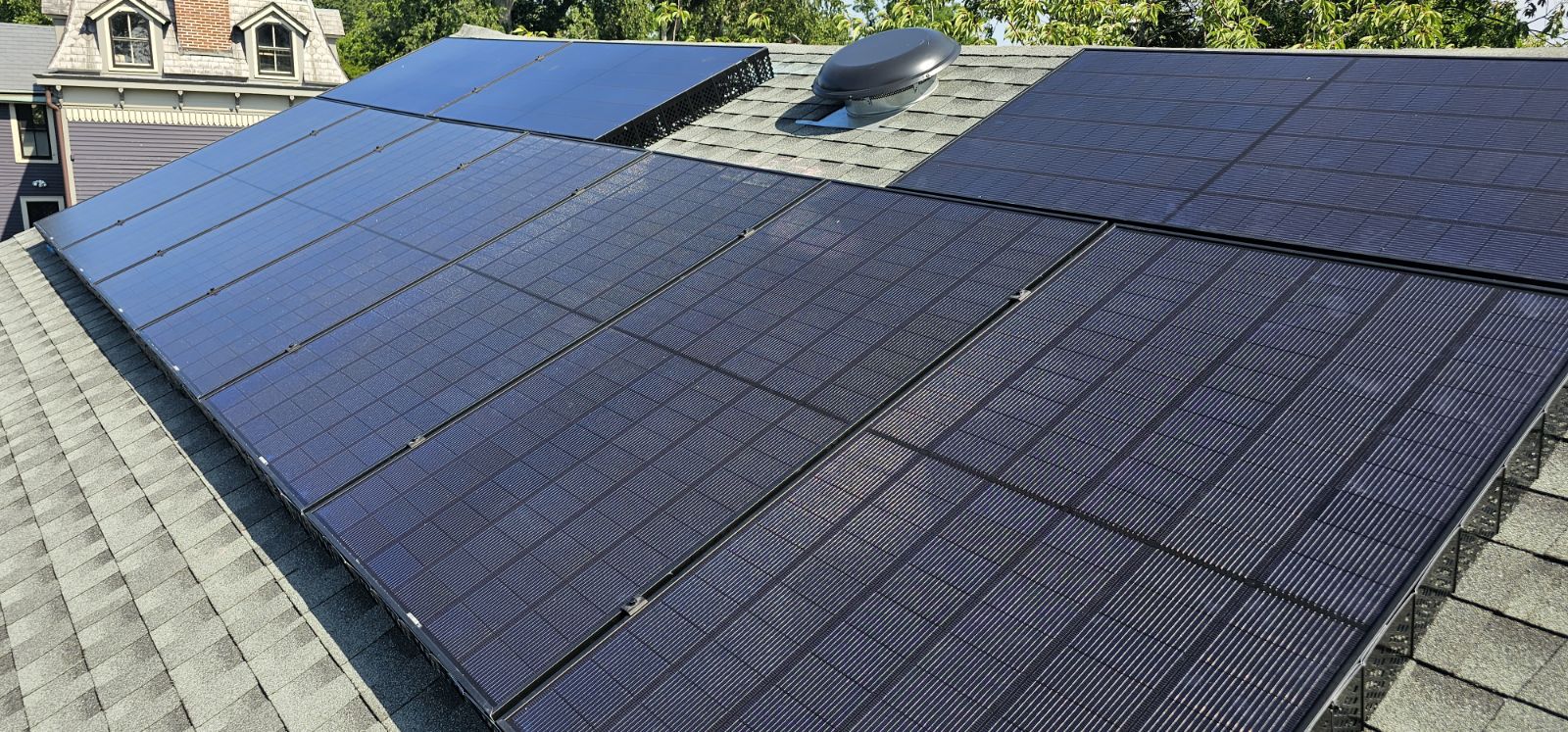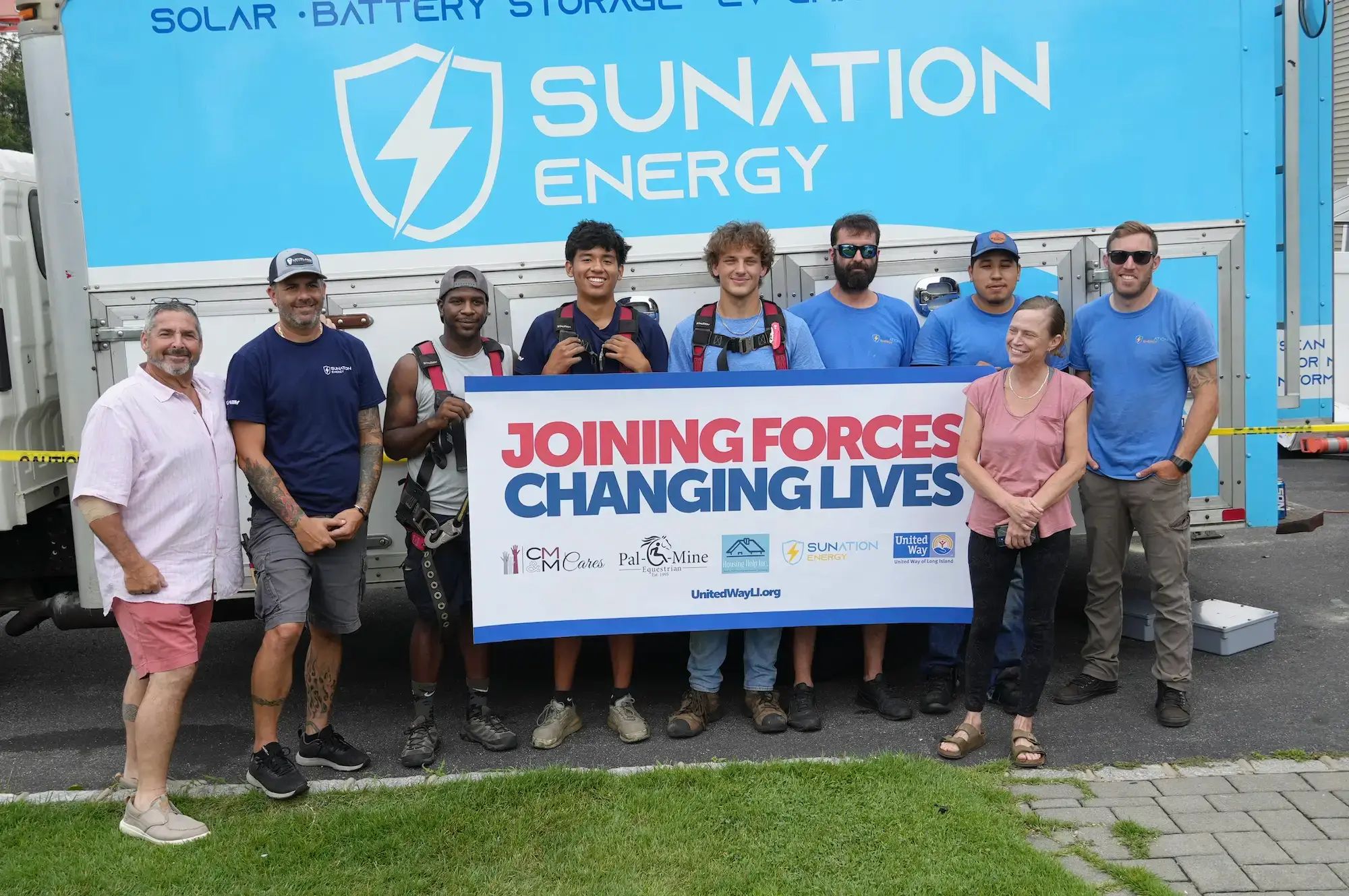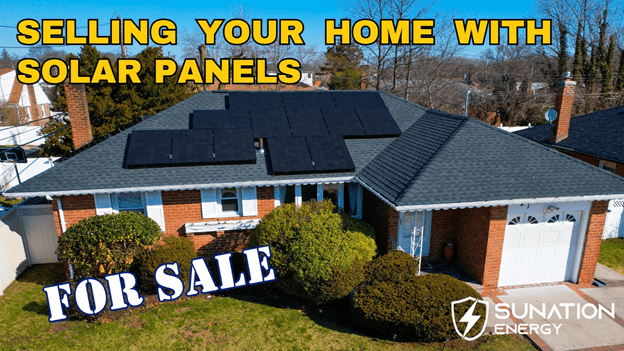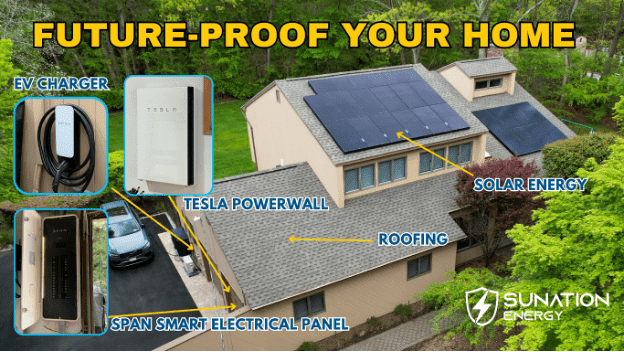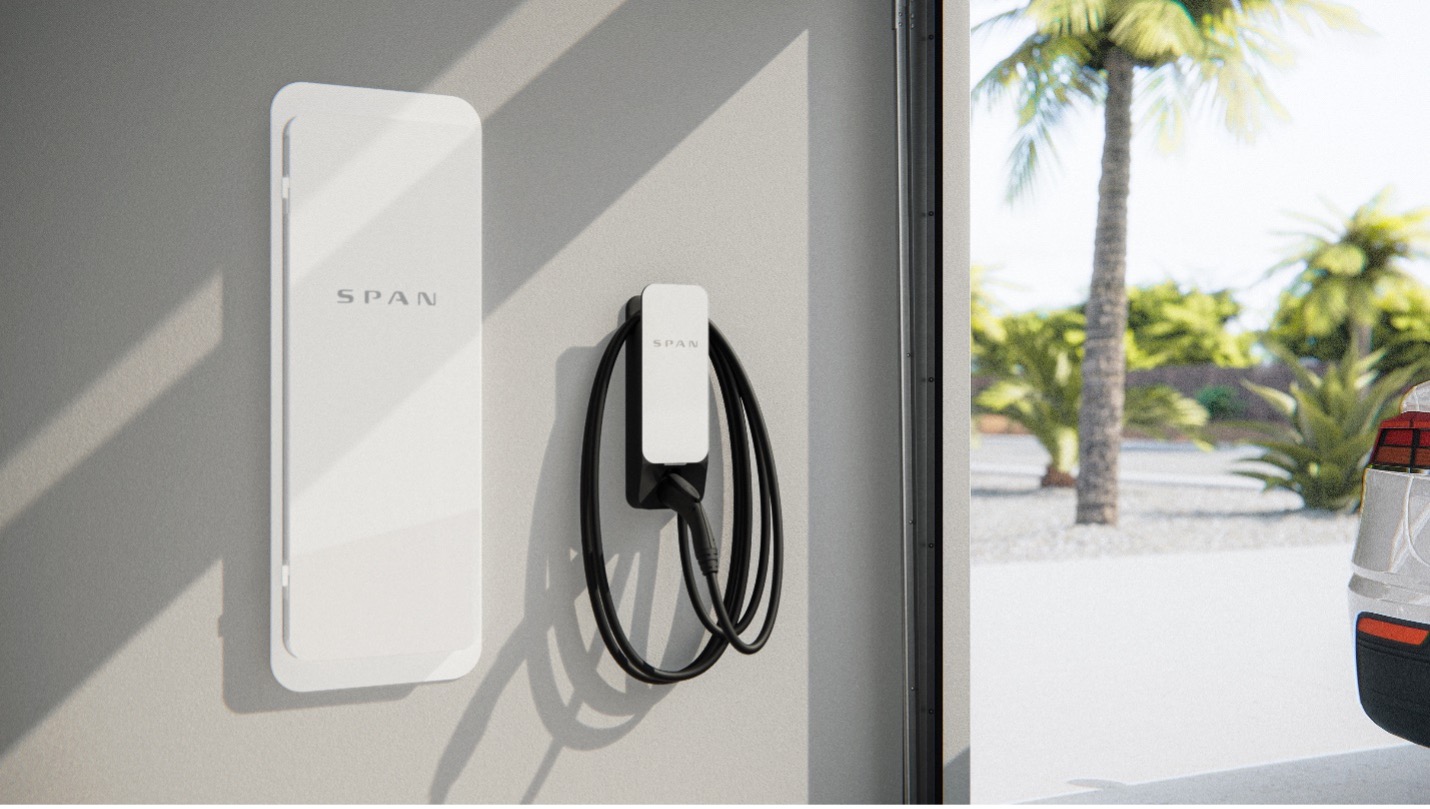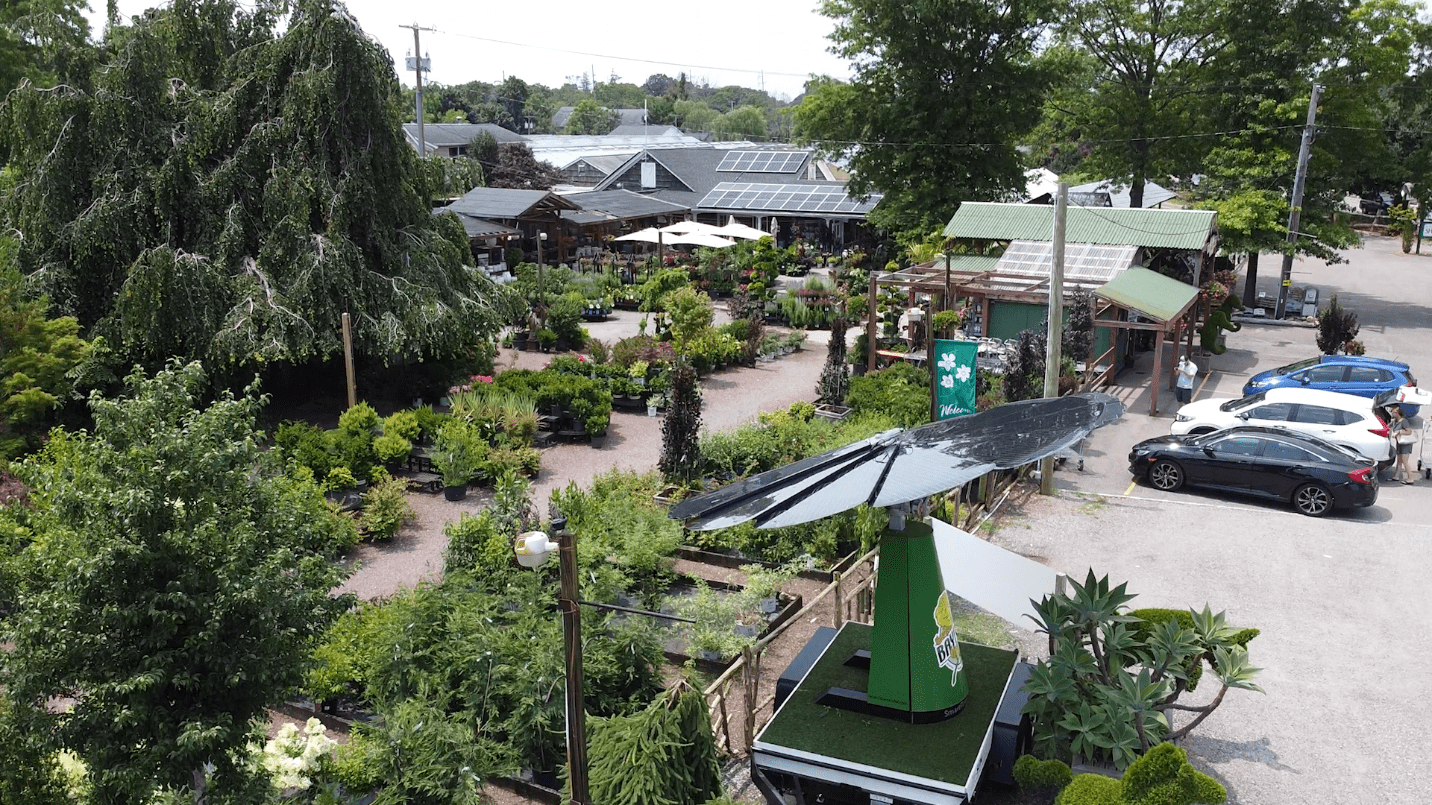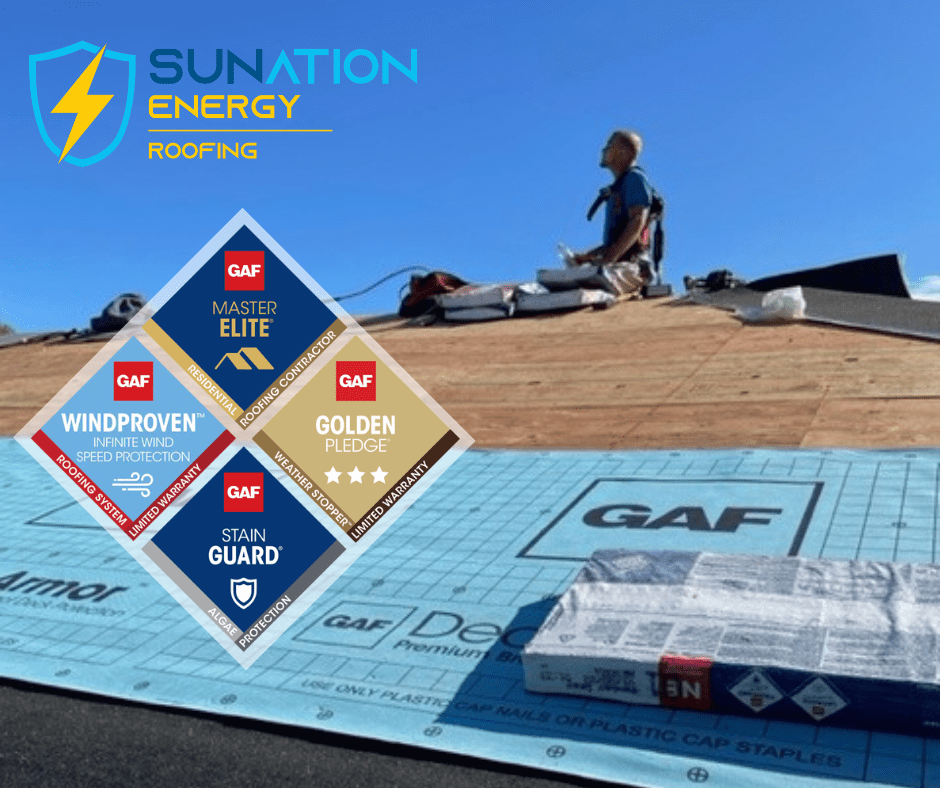What To Consider Before Installing Solar Roof Panels
When global warming and climate change seem to be the words spilling off of everyone’s lips, it seems only natural the interest in renewable energy and conservation would have spiked exponentially. Solar panels have become synonymous with the movement, with many choosing to install them on their homes and not only just for the health of Mother Nature.
There are many benefits to using solar panels, such as the economic advantages of having a far lower dependence upon the national grid, along with the peace of mind that comes with the technology, as you know that you are contributing to a better world for the children of the future. However, as with all great endeavours, there are a few factors that should take into consideration before beginning.
Financing agreements can be arranged with the individual solar companies, one such option is known as leasing, where the solar company will own the panels installed on your property, and you only pay a monthly rental fee. Another option is known as a power-purchase contract whereby the solar company will install panels on your property. The solar company owns and performs continual maintenance of the panels, and you purchase the electricity that the panels produce at a lower rate than the utility charges on a monthly basis.
Priorities
Before embarking on this exciting project to increase your home’s worth and reduce your environmental impact, it is essential to consider a few aspects to ensure that you get the most out of your new home technology. Firstly, there is a need to scrutinise the roof of your house, from the constructed material to factors such as whether or not it is facing the sun and also to consider, how the solar panels placed.
While solar panels may be built to endure many climates harsh weather conditions, it is essential that you pick the sunniest location on your roof to garner the greatest amount of energy from the sun. A further consideration is that individual companies may charge an additional expense to install the panels if your roof provides extra complications during set-up.
Also, some of the solar panels desired could be affected by the general size of the roof and what shape of solar panels you choose to purchase. Otherwise, other possible hindrances to optimal energy production have many shade-producing objects near your roof, whether this means placing your solar panels away from trees or satellite dishes, the idea is to give them unobstructed sun-soaking space.
An even greater factor influencing solar panel effectiveness is the direction upon which they face. If you are more north of the equator, an ideal position would be south-facing, while those in the southern hemisphere should aim to target their solar panels towards the north. However, panels on both the east and west sides of the house could work as well.
This advice is not just for solar panels, but also for general house warming, as this will heat your house more naturally with the sun’s rays during the cooler months – thus reducing heating costs.
Types of Solar Panels
There are numerous types of solar panels, for example – those who are worried about the curb appeal may want to look at solar panels mounted on the ground.
However, these are far more expensive due to the greater set-up costs but are perfect for those with minimal space on their roofs or with extensive land on their property.
But they are certainly not economical, due to greater demand for labour required during installation procedures and the improved technology within the panels themselves. A more affordable, if not, a slightly less efficient option is known as Solar Shingles. Homeowners can choose to purchase single solar panel tiles, which can easily fit into the place of current roof tiles.
However, they are rather expensive to install and are slightly less efficient than their larger counterparts but do come with the added benefit of a far more discerning appearance. For those wondering if there are any government benefits to installing solar panels, there most certainly are.
In the US, citizens may receive up to 30% back from their total expenses after installing their chosen solar panels, so long as they have installed them by the 31st of December 2019. Furthermore, many states and individual primary utility companies also offer rebates or discounts. You may just be required to use specific contractors or purchase state-approved versions of the solar panels to qualify for the benefits.
Finally, the cost is always a primary concern before embarking on any home improvement project, and while research and requesting several quotations are always good measures to have in place, the average solar panel installation is set to cost anywhere between $25 000 – $35 000.
There are payment plans available to you, should you choose to finance your solar panels instead of paying for them in cash up front. You may not be able to benefit from some of the discounts from solar companies or states, but make certain to check your particular state’s rules and criteria first.
Financing agreements can be arranged with the individual solar companies, one such option is known as leasing, where the solar company will own the panels installed on your property, and you only pay a monthly rental fee. Another option is known as a power-purchase contract whereby the solar company will install panels on your property. The solar company owns and performs continual maintenance of the panels, and you purchase the electricity that the panels produce at a lower rate than the utility charges on a monthly basis.
However, it’s important to note that those who choose leasing or Power Purchase Agreements (PPAs) do not qualify for the 30% Federal Tax Credit and, there is no guarantee that you will be eligible for tax rebates or other benefits in these options.
A final concern for anyone choosing to install solar panels or undertaking any home improvement project is, of course, safety and there are many quick and easy ways to ensure that you avoid some of the most common home improvement fails. However, we’re confident that you will avoid making those errors, and other more outrageous ones such as installing kitchen tiles on the roof.
Conclusion
The Solar panels are at the forefront of renewable technology with today’s movement to a more ecologically friendly way of living due to the omnipresence of climate change within the modern world. As solar panels are one of the best investments money can buy and indeed come with a vast host of advantages, including tax benefits, the only question left to ask is – why haven’t you gone solar yet?
Sarah is the author of The DIY Hammer. She is passionate about DIY projects and sharing what she knows so that more people can get into the home improvement movement today!
